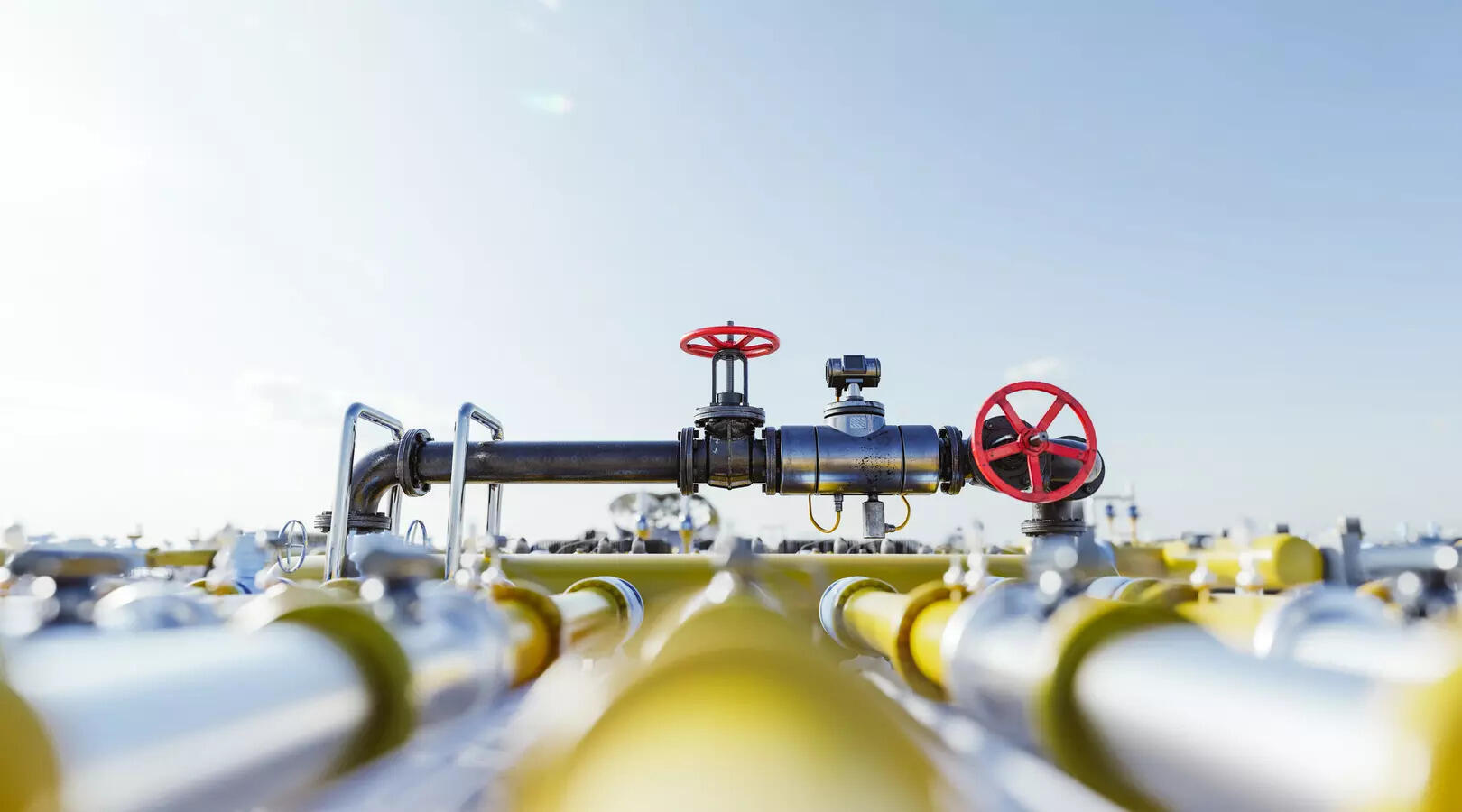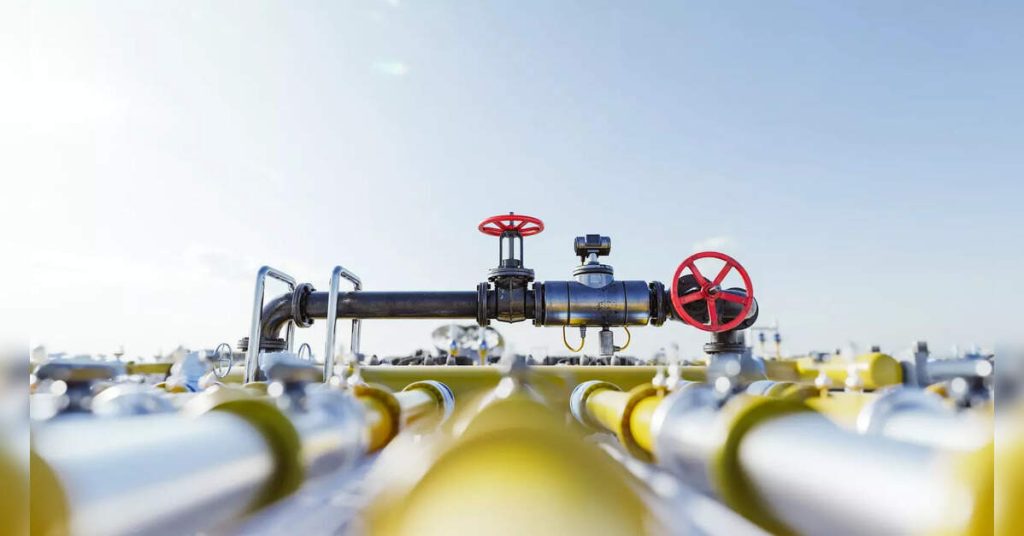
Natural gas continues to play a pivotal role in the global energy landscape in 2025, balancing industrial demand, geopolitical tensions, and evolving production capabilities. As economies transition toward cleaner energy sources, natural gas remains a critical bridge fuel—especially for power generation and industrial applications.
Global supply-demand dynamics
Global natural gas demand grew through the 2024-25 heating season, driven primarily by Europe and North America. However, the International Energy Agency (IEA) forecasts a slowdown in demand growth for the rest of 2025 due to tighter market conditions and macroeconomic uncertainties. Low storage levels and reduced pipeline exports from Russia have kept market fundamentals tight, prompting increased reliance on liquefied natural gas (LNG).
US production and demand
The United States remains a leading supplier of natural gas. In 2025, US production continues at record levels despite subdued drilling activity. This resilience is attributed to technological advancements and efficiency gains in shale gas extraction.
US consumption also hit new highs, driven by industrial use, power generation, and the expansion of LNG export facilities. The US is expected to maintain its position as the world’s top LNG exporter, helping to stabilize global supply.
China and global industrial demand
China’s natural gas demand has softened in 2025 due to slower economic growth and increased competition for LNG cargoes from Europe. While industrial use remains significant, the country is diversifying its energy mix with renewables and coal, reducing its reliance on imported gas. Globally, industrial demand for natural gas remains robust, especially in sectors like chemicals, manufacturing, and fertilizers, though growth is tempered by economic headwinds and energy efficiency measures.
Russia’s production and European supply
Russia’s natural gas production will decline in 2025, largely due to sanctions and reduced pipeline exports to Europe. The shift has forced European nations to pivot toward LNG imports, primarily from the US, Qatar, and Africa. This transition has reshaped Europe’s energy infrastructure, with new regasification terminals and storage facilities being rapidly developed.Europe’s demand for natural gas remains high, particularly for heating and industrial use. However, the continent faces supply challenges due to reduced Russian imports and limited domestic production.
To compensate, Europe is importing LNG at near-record levels. The region’s energy security strategy now emphasizes diversification, storage optimization, and demand-side management.
Price performance and trends
Natural gas prices have succumbed to extreme volatility in the past few years. Following the 2022 energy crisis triggered by the Russia-Ukraine conflict, prices surged to historic highs. In 2023 and 2024, prices moderated as supply chains adjusted, and LNG capacity expanded.
However, in early 2025, prices have remained elevated due to tight supply, low storage levels, and geopolitical risks.
Looking ahead, natural gas prices are expected to remain relatively high through the rest of 2025. The IEA anticipates continued tight market conditions, driven by Europe’s need to replenish storage and increased competition for LNG cargoes, keeping upward pressure on prices.
However, if economic growth slows further or if weather conditions are milder than expected, prices could stabilize or even decline slightly. Much will depend on geopolitical developments, particularly in Eastern Europe and the Middle East.


